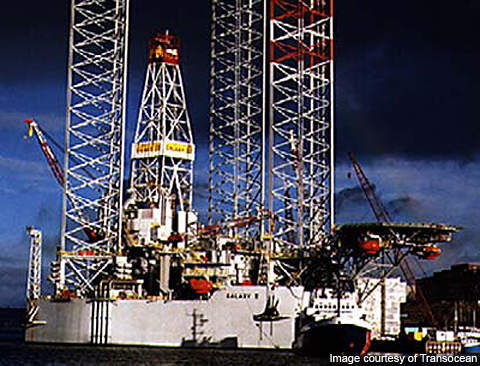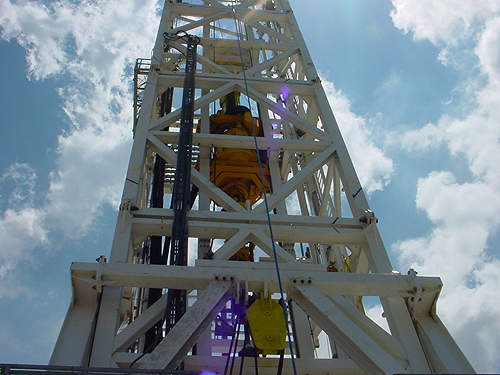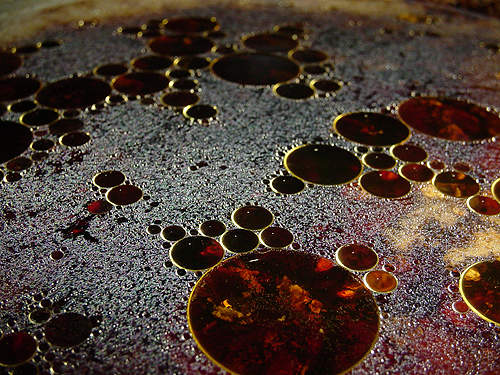The Stella oil and gas field is located in the UK section of the Central North Sea.
Ithaca Energy operates the site and owns a majority stake in the field, which lies in blocks 30/6 and 29/10 NE Upper. The blocks were awarded to Ithaca in the 25th UKCS licensing round.
The field was previously owned by Maersk Oil (33.33%) and the Shell UK and Esso Exploration and Production UK (66.67%) joint venture. Ithaca Energy acquired the stake held by the joint venture in August 2008. It also acquired Maersk’s 33.33% stake in November 2009, becoming the sole owner of the field. During the same month, however, Ithaca sold a 31.67% stake in Stella to Dyas UK.
Under an earn-in agreement signed with Ithaca in October 2009, Challenger Minerals International (CMI) acquired an 18% stake in the field by paying 27% of Stella’s gross appraisal costs in September 2010. Field ownership now stands as Ithaca (50.33%), Dyas (31.67%) and CMI (18%). Ithaca continues to operate the field.
The appraisal of Stella was successfully completed in 2010. Ithaca is carrying out detailed engineering works and developing a geotechnical programme for the field. A development concept select process was completed in October 2011 with the appointment of Petrofac, an integrated energy services company. Petrofac is responsible to submit a field development plan to the Department of Energy and Climate Change by the end of 2011.
Stella discovery
The Stella field was discovered in 1979 when well 30/6-2 was drilled through a section of Paleocene Andrew sand. It encountered gas and condensate throughout the section.
Oil was found in the Ekofisk Chalk reservoir, which lies below the sandstone section.
Reserves and geology
Stella contains net 3P reserves of 18.4 million barrels of oil equivalent. The proven reserves stand at 10.23mmboe while the net 2P reserves stand at 14.37mmboe. The estimates were prepared by Sproule Associates for Ithaca.
The field contains two main reservoirs – Andrew and Ekofisk. Andrew, the primary reservoir, is a sandstone formation of Paleocene age. Ekofisk is a chalk formation.
Below Andrew lie chalk layers of the Cretaceous age.
Stella field development
The detailed development plan for Stella is yet to be finalised. Current plans propose developing the field with five production wells drilled from a subsea drilling centre. A subsea pipeline will pass the hydrocarbons produced at the field to a host facility.
A floating production unit will be used to develop the field.
Two more discoveries being developed by Ithaca, Harrier and Hurricane, are close to Stella. The company plans to tie back the two discoveries to Stella, and to develop Harrier simultaneously with Stella in order to achieve cost synergies.
The appraisal of Stella involved five appraisal wells and three sidetracks. The first appraisal well, 30/6-3, was drilled in 1983. Two more appraisal wells, 30/6-3 and 3Z, were drilled in 1996.
During farm-in, Maersk drilled another appraisal well, 30/6-5, in 2005. The well confirmed the presence of gas condensate. Condensate and gas flow rates of 3,200bopd and 17 million cubic feet (mmcf) a day respectively were tested during the stem test of the appraisal well. Maersk also drilled two sidetracks, 5Z and 5Y, in the Andrew and Chalk reservoirs. The sidetracks encountered oil at Chalk and gas condensate at Andrew reservoir. The 5Y sidetrack tested 3,000 barrels of condensate and 17mmcf per day from the Andrew reservoir.
In 2010, Ithaca Energy drilled another appraisal well named 30/6-8a. The vertical well was spudded in February 2010 and drilled to a depth of 10,863ft. During stem tests it recorded flow rates of more than 5,000 barrels of oil plus water a day, including 57% of light oil and 43% of water.
The company also drilled a sidetrack named 30/6a-8Z around the same time in order to appraise the field upside. A deviated well, the sidetrack was spudded on 26 April 2010 and concluded on 5 May 2010. It confirmed a fully hydrocarbon-saturated interval in the primary reservoir, Andrew.
Under the terms of the farm-out agreement, CMI paid 27% of gross appraisal costs and also may have to fund a further Stella development well at the field. The gross appraisal drilling costs were estimated at $35m.
Stella contracts
After Ithaca took over the field, Applied Drilling Technology International (ADTI), a subsidiary of Transocean, was awarded a turnkey contract to drill the field in October 2009. ADTI carried out all the drilling at the field after that date.
EPC Offshore was contracted in May 2011 to provide a managed service for the Stella area development.
In September 2011, GE Oil & Gas Subsea Systems was awarded a $17m contract to manufacture and supply shallow water vertical tree systems, controls and SG1 wellheads. The systems will be installed using a heavy duty jack-up drilling unit.
In October 2011, Andrew Palmer & Associates was subcontracted by EPC to render front end engineering design services for pipelines and infrastructure.
Drilling equipment
Transocean’s Galaxy II heavy duty jack-up drilling rig was used by Ithaca for drilling the final appraisal well and sidetrack in 2010. The rig was mobilised to the drilling site in February 2010.










